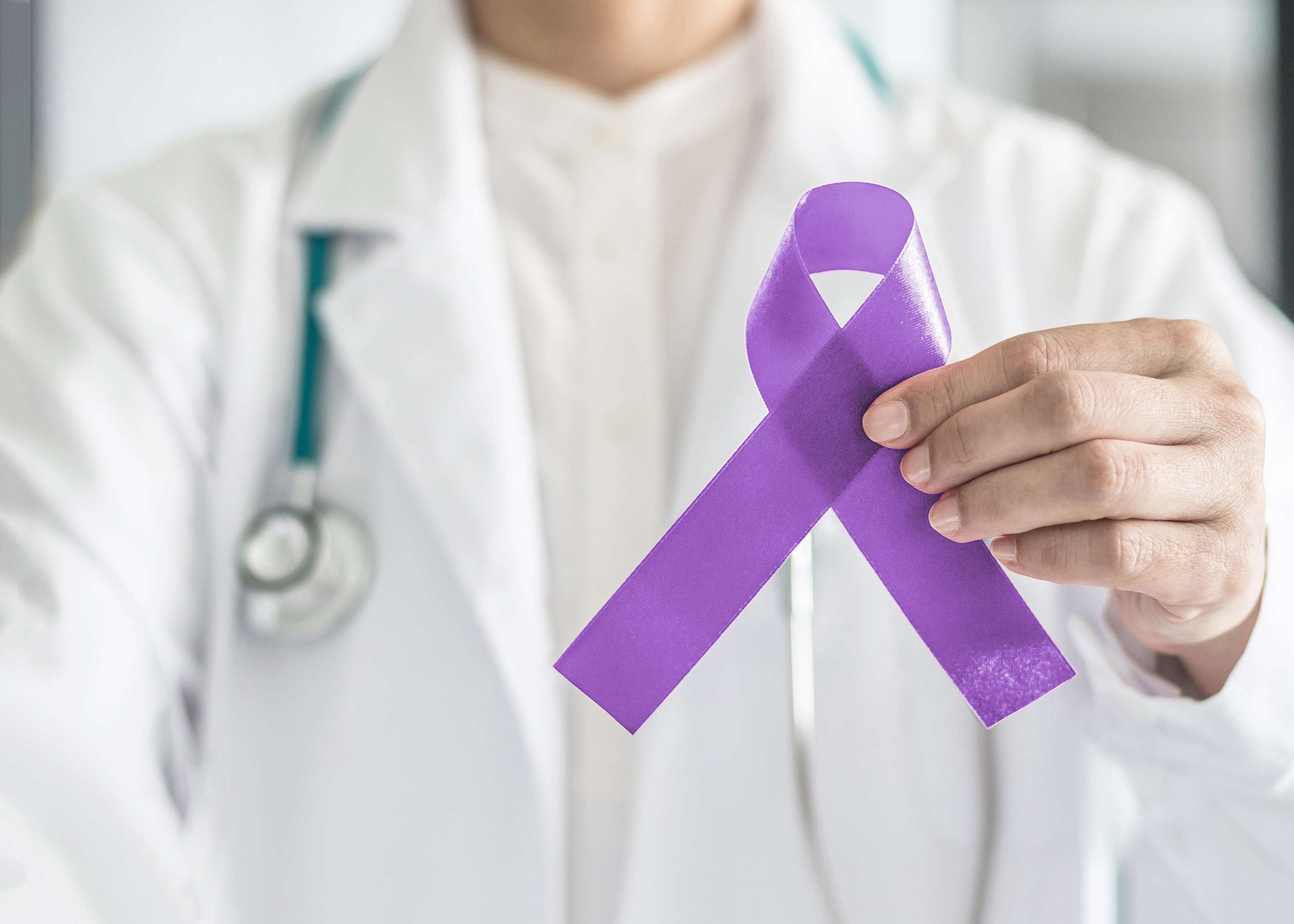
Testicular cancer - what are its characteristics?
Testicular cancer is one of the most common cancers in young men in the age group of 15 to 35 years of age. The incidence (occurrence of new cases of a disease in a population) of testicular cancers is around 3 per 100,000 men. The majority (60%) are non-seminomas and the remaining 40% are seminomas (so named because they originate in germ cells). In older men, the most common testicular cancers are lymphomas and, less frequently, genital cord cancers.
It is estimated that testicular cancer accounts for approximately 1% of all malignancies (cancers) occurring in men.
Testicular cancer – what are the causes?
The causes of testicular cancer are not fully understood, but certain risk factors exist:
- The lack of descent of one or both testicles into the scrotum (cryptorchidism) increases the risk of testicular cancer. It is the most important risk factor for this type of cancer. In utero, the testicles develop in the abdomen of the male baby. They usually descend into the scrotum at birth or during the first year of life.
- Recurrent infections of the testicles and epididymides by bacteria or viruses
- History of testicular cancer - a history of testicular cancer can increase the risk of developing a new testicular cancer 500-fold
- Congenital genetic defects such as Klinefelter's syndrome or androgen insensitivity syndrome
- Geography - The incidence of testicular germ cell tumors appears to be increasing worldwide. While there does not appear to be a distinct biology related to geography, the highest incidence (occurrence of new cases) is seen in Scandinavia, Western Europe, and Australia/New Zealand
- Abnormalities in the function of the sperm-forming tubules around the testis
- Possible other factors - Marijuana (cannabis) use, HIV infection, certain lifestyle and environmental factors.
Testicular cancer - symptoms and morbidity
The first sign of testicular cancer is usually a hard, non-painful, palpable lump in the testicle. There may also be swelling and fluid in the scrotum, with a feeling of heaviness in the scrotal area.
If the testicular lump goes unnoticed, the first symptoms can be caused by metastases (the spread of cancer cells from the place where they first formed to another part of the body) such as:
- Lower back pain
- Abdominal pain
- Hemoptysis (coughing up and spitting up blood)
- A lump or swelling in the neck area
- Gynecomastia (swelling and enlargement of male breasts)
As testicular cancer progresses, it can cause considerable enlargement of the lymph nodes in the retroperitoneal space (in the abdomen) which may be visible on ultrasound.

Testicular cancer - what a second opinion from Global Second Opinion provides
Testicular cancer is one of the most common cancers for which a second opinion is sought. The medical professionals, oncologists, radiation oncologists and urologists who evaluate your case and provide the second opinion are recognized specialists in the diagnosis and treatment of this type of cancer.
By choosing Global Second Opinion, you can be assured that the second opinion issued by our specialists will be as accurate as possible, tailored to your case and the histological, genetic and radiological characteristics of the testicular tumor.
The second opinion can also be a valuable aid in planning the most appropriate treatment method. Use Global Second Opinion to confirm the correct diagnosis of your condition and understand different treatment approaches.
